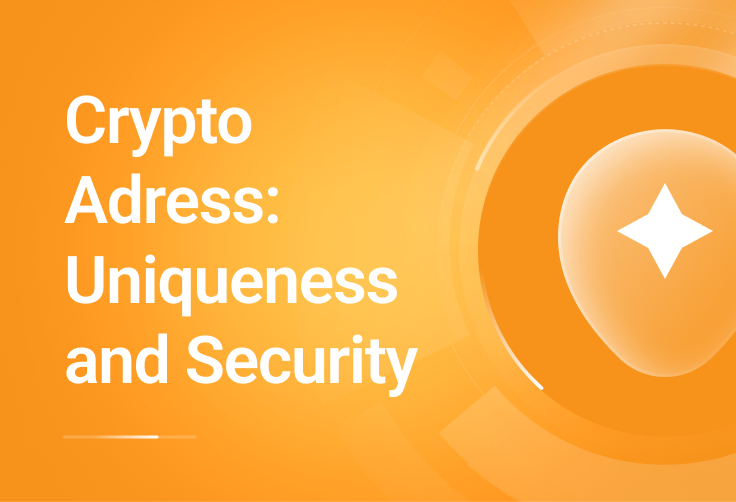What is a Withdrawal Address?
We explain the key features of cryptocurrency addresses.

Crypto Addresses for Receiving and Sending Funds
One of the key concepts in the world of cryptocurrency is the withdrawal address, or simply an address. This is a unique alphanumeric combination that allows users to send funds from their wallets and receive them from others or transfer them between their own accounts on exchanges. When working with a USDT payment gateway, understanding addresses is crucial, as they ensure secure and efficient transactions. In this article, we will explain the main features of addresses, including how they work for USDT.
USDT Address: What Is It?
A USDT address is a unique combination of letters and numbers used to send stablecoins like USDT. The most important thing to know about USDT is that it operates on multiple blockchains and uses different standards:
- ERC-20 standard on the Ethereum blockchain (example: 0x3bAC098a915675468eBDBfCfA72c5A467F034599);
- TRC-20 on Tron (example: TFDRsfyFKB1PC3xLtvd2cMAaUpMmhcdYbv);
- BEP-20 on Binance Smart Chain (example: 0x10d543e1e0355e36c3cab769df8d2d60abb57a73).
The USDT withdrawal address will be different for each of these blockchains, even though the cryptocurrency remains the same. If a user attempts to send USDT from a wallet that works with ERC-20 tokens to a storage that only accepts TRC-20 tokens, the funds could be lost.
To ensure full control over transactions and avoid such risks, many users prefer a self custodial crypto wallet. This type of wallet allows individuals and businesses to manage their funds independently, without relying on third-party services. Therefore, it’s crucial to be extra careful when creating a transaction.
How to Obtain a Cryptocurrency Withdrawal Address
First, you need to set up a cryptocurrency wallet. Wallets are applications or devices that store the keys used to manage your cryptocurrency. We've previously explained how cold wallets work.
Depending on your needs, different types of wallets may be recommended. For long-term storage, some options are better, while for more active management, others may be more suitable. For businesses, a third type of wallet like BitHide might be ideal. BitHide is practically a crypto-bank in your pocket, combining the speed and security of blockchain with a suite of tools for managing company financial flows. Some of its key features include:
- Creating sub-wallets to handle different revenue streams;
- Bulk payment;
- Auto withdrawals;
- Access for an unlimited number of employees, each with different roles;
- Generating and exporting reports on balances and asset movements, with cryptocurrency exchange rates fixed at the time of receipt;
- Integration capabilities with client tools, such as websites.
Once you've chosen a wallet, set up your login credentials, and secured your seed phrase (if applicable), you can obtain your address for cryptocurrency withdrawal. Typically, the address will appear on the screen after clicking "Receive" and will be shown both as a QR code and as an alphanumeric identifier. You can share this address publicly without compromising the security of your wallet. Others can use it only to send funds to you.
If you want to withdraw cryptocurrency from an exchange, for example, simply copy the address for withdrawal and paste it into the appropriate field in your exchange account, where you'll need to specify the withdrawal details.
Conclusion
Be careful when initiating a transaction and always double-check that you're performing it on the correct blockchain. Sending USDT from ERC-20 to TRC-20 could result in a permanent loss of funds without any chance of recovery.
We hope this article has helped clarify one of the key cryptocurrency concepts and made this complex topic a bit easier to understand.


